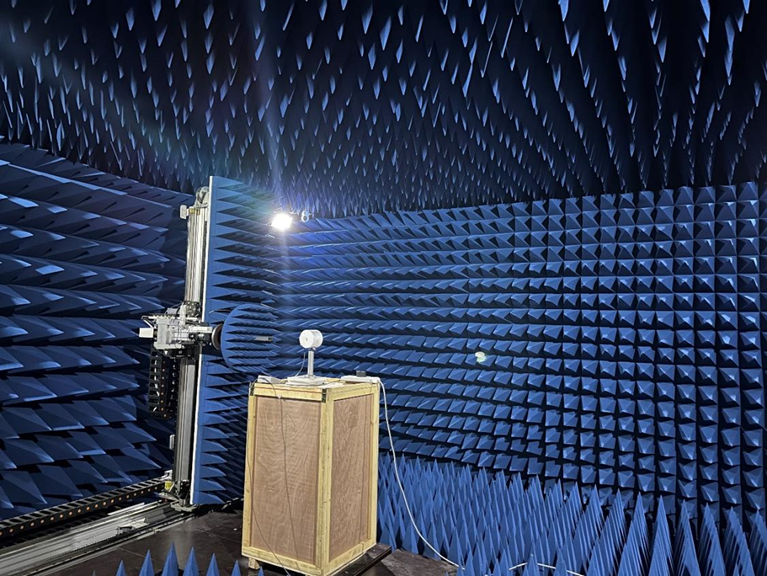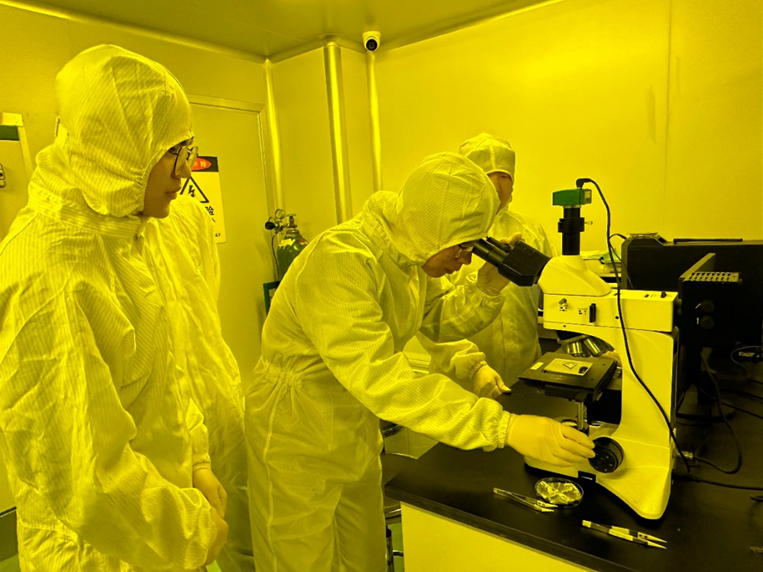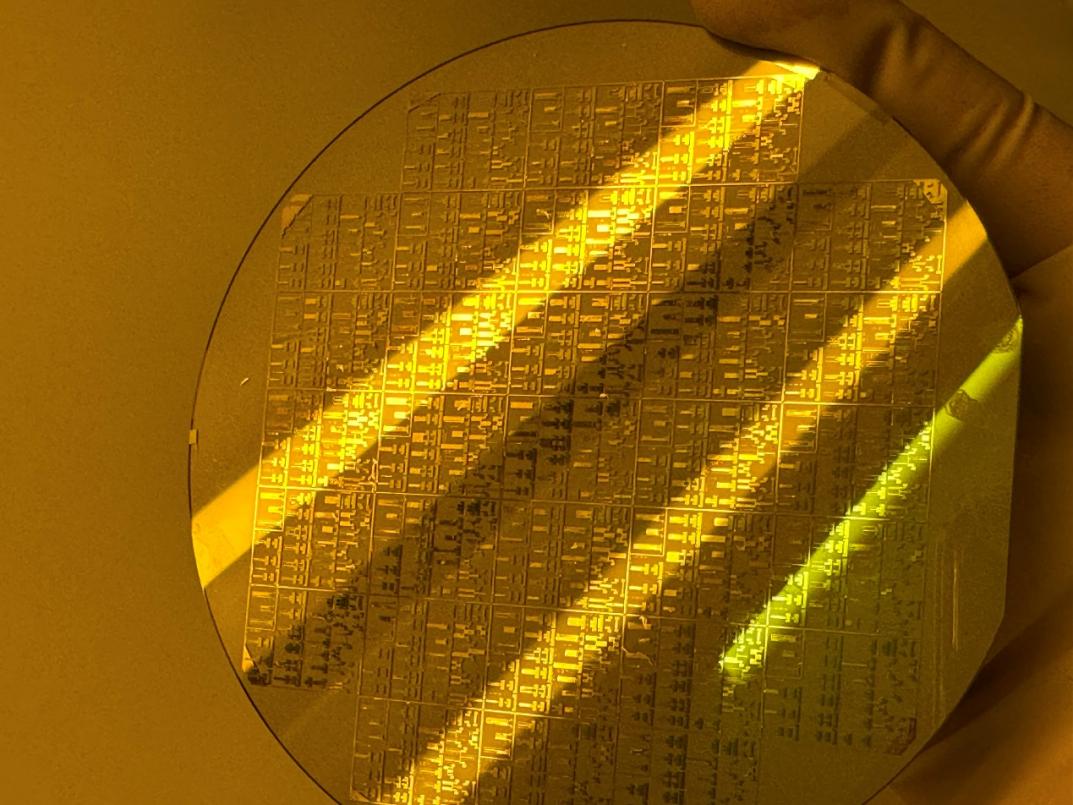School of Microelectronics
Cultivation of international, compound and practical students
Consulting telephone: 86-551-62919109, 86-551-62919106
College website: http://wdzxy.hfut.edu.cn/
School profile
The predecessor of the college, the Department of Applied Physics, was founded in 1980. After several changes, the School of Microelectronics was established in 2012. In 2015, it was approved to establish a national demonstration microelectronics school. The college now has a doctorate (master) degree authorization point for the second-level discipline of Integrated Circuits and Systems, a master's degree authorization point for the first-level discipline of Electronic Science and Technology, and a master's degree authorization point for the New Generation of Electronic Information Technology and Integrated Circuit Engineering. The undergraduate majors set up by the college include Electronic Science and Technology, Microelectronic Science and Engineering, Integrated Circuit Design and Integrated System, among which Electronic Science and Technology, Integrated Circuit Design and Integrated System are national first-class undergraduate majors, and Microelectronic Science and Engineering is Anhui Provincial first-class undergraduate major. At present, there are 508 graduate students and 1417 undergraduate students in the college. According to the "Report on Talent Development of China's Integrated Circuit Industry (2021-2022 Edition)" issued by the 2022 World Integrated Circuit Conference, Hefei University of Technology ranked third in China in the statistics of graduation institutions of job seekers with bachelor degree or above in integrated circuit industry from May 2021 to April 2022.
School of Microelectronics has successively undertaken over 80 scientific research projects and more than 100 research projects commissioned by enterprises including National Key Research and Development Program of China, National Natural Science Foundation Major Instruments, General Program, Youth Fund Project, Anhui Provincial Major Science and Technology Project and Anhui Provincial Natural Science Foundation. It has won multiple awards such as the Second Prize of National Science and Technology Progress Award, the Third Prize of National Science and Technology Invention Award, and the Provincial and Ministerial Science and Technology Progress Award. In the past five years, teachers and students of the college have published more than 100 papers every year in important international academic journals such as IEEE Transactions, Advanced Materials and Physical Review, Chinese core journals, or important international and domestic academic conferences, and authorized invention patents, integrated circuit layout designs, etc. more than 20 items, which have formed a certain academic influence.
The college actively cooperates with enterprises, and has successively carried out industry-university-research cooperation with Changxin Memory Technologies, Nexchip Semiconductor Corporation, No. 38 and 58 Research Institute of China Electronics Technology Group Corporation,No. 214 Research Institute of China Ordnance Industry, Brite Semiconductor, Macrosilicon Technology, Lontium Semiconductor Technology and other enterprises. Multiple achievements have been applied in national and local key projects and national defense projects. The college has also established exchange and cooperation relationships with several well-known universities in countries such as the United States, Canada, the United Kingdom, Sweden, Japan, and the Hong Kong, Macao, and Taiwan regions of China, conducting cross-cultural exchanges and practical activities, as well as various academic exchange activities.
Research base
The college currently has 4 provincial and ministerial scientific research platforms including the Ministry of Education Integrated Circuit Design Online Cooperation Research Center, Anhui MEMS Engineering Technology Research Center, Anhui Special System Chip Integration Technology Engineering Research Center, and Anhui Provincial Integrated Circuit Industry Common Technology Research Center. After years of accumulation, the college has formed advantageous scientific research directions such as IC design, advanced testing and reliability design, semiconductor optoelectronic devices and integration, MEMS, new sensitive materials and sensors, electromagnetic fields and microwave devices, quantum precision measurement, and nano-circuit design. The college has Cadence, Synopsys, Mentor Graphics (Siemens EDA), TCAD, Empyrean Technology and other professional software for IC design and semiconductor device simulation, Atomistix Virtual NanoLab nano-device analysis and simulation software, Ansys MEMS design software, etc., as well as the main process equipment and test equipment for typical semiconductor processes and optoelectronic experimental equipment, etc.
Faculty
Talent category | Number | Talent category | Number |
Staff | 74 | National Excellent Teachers | 1 |
Full-time teachers | 55 | Special government allowance experts from the State Council | 2 |
Professor | 19 | New Century Excellent Talents of the Ministry of Education | 1 |
Associate Professor | 25 | Winner of the Ministry of Education Huo Yingdong Foundation Young Teacher Award | 1 |
Doctoral tutor | 12 | Provincial famous teacher | 1 |

Professional presentation
1) Electronic Science and Technology Major (National first-class undergraduate major)
Training objectives
Cultivating students to meet the needs of social and economic development with moral and cultural literacy, social responsibility, innovative spirit and entrepreneurial awareness. Mastering the necessary mathematics, basic knowledge of natural science and corresponding professional knowledge with good learning ability, practical ability professional ability and strong innovation and entrepreneurial ability. Students with physical and mental health can be engaged in the design, development, manufacture of systems, equipment and devices in the field of electronic science and technology, application, maintenance, management and other work in the field of electronic science and technology (e.g. integrated circuits, memory devices, microelectronic devices, antennas and wave propagation or optoelectronics), having high-quality professionals with both moral and talent.
Employment direction
Graduates are engaged in the design and manufacture of components, circuits, integrated electronic systems and optoelectronic systems and the corresponding research, development and maintenance of new products, new technologies and new processes, as well as the management of related industries in integrated circuits, microelectronic devices, microwave and optoelectronics and their cross-cutting areas.
The school system is four years, and the graduate is awarded a bachelor's degree in engineering.


2) Microelectronics Science and Engineering (provincial first-class undergraduate program)
Training objectives
To cultivate high-quality professionals who meet the needs of national modernization, having moral and cultural literacy, social responsibility, innovative spirit and entrepreneurial awareness. To possess good learning ability and practical ability master the theoretical knowledge of microelectronic science and engineering. To cultivate senior engineering technology, teaching and management talents engaged in research, design, manufacturing and application development of devices and system products in the fields of semiconductor devices, microelectronics technology, integrated circuit design, integrated circuit packaging and testing, microwave technology, MEMS technology, etc. To make them have good foreign language ability, innovative spirit and engineering practice ability, as well as the ability to master new theories, new knowledge, and new technologies in this field, and become outstanding engineers with solid engineering foundation, solid work style, strong innovation ability, and leadership.
Employment direction
Graduates are mainly engaged in research, design, manufacturing and new products, new technologies, new processes and other aspects of scientific research, teaching, technology development, engineering and production management positions in the fields related to microelectronics science and engineering (semiconductor devices, microelectronic processes, integrated circuit design, integrated circuit sealing and testing, microwave technology, MEMS technology)
The school system is four years, and the graduate is awarded a bachelor's degree in engineering.


3) Integrated circuit design and integrated system major (national first-class undergraduate major)
Training objectives
Based on the students' realistic and innovative spirit and the ability to analyze and solve practical problems, strengthening the practical teaching link and adopt a school-enterprise joint mechanism. Aims to enable students to master the basic theory, design methodology and design process of integrated circuits and integrated systems, as well as to master the knowledge of computer, signal processing, communication, network and software technology and application-related systems. To become senior specialised technical personnel with the ability to engage in the research, design, application and teaching management of electronic devices and integrated circuits and integrated system hardware and software.
This major belongs to the special major in the catalog of undergraduate majors of the Ministry of Education. To enhances the cultivation of students' engineering ability, it cooperates with enterprises to run schools and implements tutor system, base training and project-involved practical teaching. Starting from the 2020 class, the college has launched the "Benxin Project" among students majoring in integrated circuit design and integrated systems, which enables undergraduates to have the opportunity to personally practice the entire process from chip design, verification, tape-out, and packaging, so that those who participate in the project Students can graduate with integrated circuit chips of their own design.
Employment direction
Graduates can work on integrated circuits, integrated systems and advanced electronic devices design and development and other related work in electronic information, communications, home appliances, computer networks, embedded computing and other areas of high-tech enterprises. Besides these, they can also be engaged in teaching and research in the field and direction related to electronic devices, integrated circuits and integrated systems, embedded systems in universities and research institutes.
The school system is four years, and the graduate is awarded a bachelor's degree in engineering.








